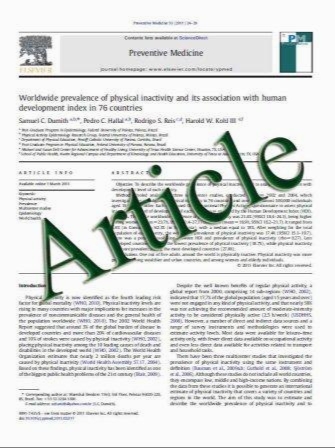Management of Common Bile Duct Stones in Cirrhotic Patients with Coagulopathy: A Comparison of Supra-Papillary Puncture and Standard Cannulation Technique
- نوع فایل : کتاب
- زبان : انگلیسی
- مؤلف : Everson L. A. Artifon Eduardo B. da Silveira Dayse Aparicio Jonas Takada Renato Baracat Christiano M. Sakai Ruel T. Garcia Vanessa Tei
- چاپ و سال / کشور: 2011
Description
Background and Study Aims Bleeding is not uncommon following endoscopic sphincterotomy. Supra-papillary puncture (SPP) might be safer than standard cannulation (SC) techniques in patients with coagulopathy. The aim of the study was to compare the safety and effectiveness of SPP and SC. Patient and Methods This was a prospective case control intervention study. Decompensated cirrhotic patients with coagulopathy and choledocolithiasis underwent SC and SPP methods for biliary access. Results One hundred five patients (56 [53.3%] men, mean [SD] age 56 [15.8]) underwent ERCP. SC and SPP were performed in 63 and 42 patients, respectively. Biliary access was achieved in 56/63 (89%) and 40/42 (95%) of patients undergoing SC and SPP, respectively (P = 0.13; 95% CI [-0.16; 0.03]). Complications occurred in 10/63 (15.8%) patients undergoing SC and 5/42 (11.9%) SPP (P = 0.28; 95% CI [-0.17, 0.16]). Five (7.9%) and two (3.2%) episodes of post-sphincterotomy bleeding was seen in the SC and SPP groups, respectively (P = 0.36; 95% CI [-0.16, 0.05]). In contrast, three (4.8%) episodes of pancreatitis were seen in the SC and none in the SPP group (P = 0.05; 95% CI [0.001; 0.004]). A cost-effectiveness analysis demonstrated that SPP is an acceptable alternative at an ICER of US$ 5,974.92 per additional successful procedure. Conclusion SPP is a safe and effective technique for the management of common bile duct stones in decompensated cirrhotic patients. Conditional to the willingness-to-pay and to the local ERCP-related costs, SPP is also a cost-effective alternative to the SC methods. SPP is associated with a lower rate of complications bularger studies to validate these findings are necessary
Dig Dis Sci (2011) 56:1904–1911 DOI 10.1007/s10620-011-1593-2 Received: 23 September 2010 / Accepted: 21 January 2011 / Published online: 12 February 2011


